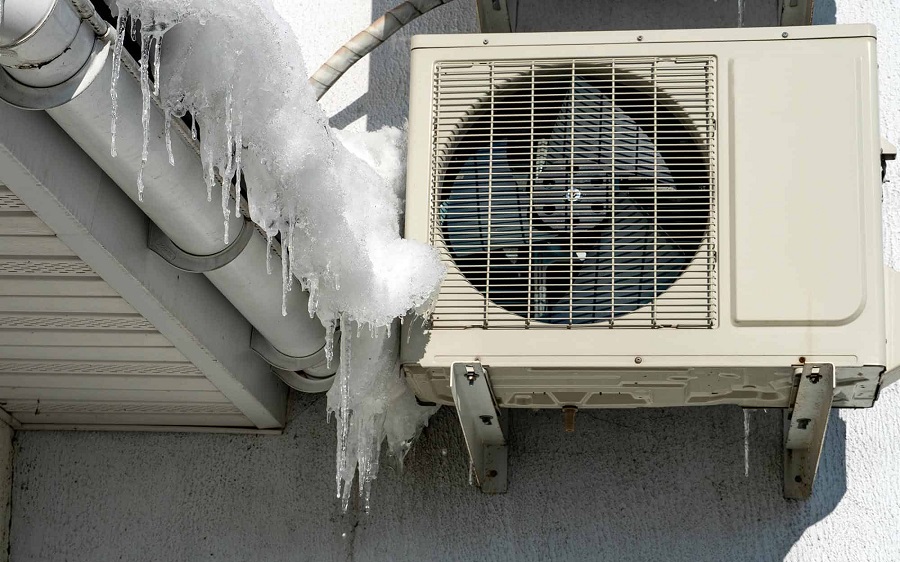When it comes to heating systems emergency repair in Indianapolis, IN, being prepared is key. The harsh winters demand that our heating systems run efficiently and reliably. However, various emergencies can arise, such as furnace malfunctions, thermostat misconfigurations, airflow issues, and electrical problems. In this guide, we will delve into each of these potential emergencies, providing Indianapolis residents with the essential knowledge and tips needed to handle these common issues effectively.
Pilot Light Malfunctions: How to Keep Your Furnace Running Smoothly
A common furnace malfunction involves pilot light issues. The pilot light is a small, continuous flame that ignites the burners in older gas furnaces. When this light goes out, your furnace stops working efficiently, or at all. Understanding the causes of pilot light issues can help prevent unnecessary stress:
-
Drafts or Strong Winds: Strong gusts can blow out the pilot light if your furnace is situated in an exposed location, like near an open window, door, or vent. This interruption can cause your furnace to shut down unexpectedly, requiring a restart.
-
Dirty Pilot Tube: The pilot tube supplies gas to the pilot light, and over time, it can accumulate dust, soot, and other debris. This buildup restricts gas flow, preventing the pilot light from remaining lit. This issue often requires careful cleaning with a fine brush to restore normal gas flow.
-
Thermocouple Failure: The thermocouple is a critical safety feature designed to sense whether the pilot light is lit. If it’s misaligned, dirty, or simply worn out, it may mistakenly detect that the pilot light has gone out, shutting off the gas supply to prevent leaks. Thermocouples can often be realigned or cleaned but might need replacement.
Thermostat Troubleshooting: Identifying and Fixing Programming Errors
Another frequent issue arises from thermostat troubles, which are often due to incorrect settings or misconfigurations:
-
Incorrect Programming: Programmable thermostats offer great control over temperature settings but can cause confusion if programmed incorrectly. The system may not switch to “heat,” or the desired temperature might be set too low. This is easily corrected by verifying the program settings or switching the mode manually.
-
Dead Batteries: Most thermostats rely on battery power to maintain their settings. When these batteries die, the thermostat cannot communicate effectively with your heating system, leading to erratic or no heating. Simply replacing the batteries can resolve this issue.
-
Calibration Issues: Thermostats should accurately read the room temperature to maintain a comfortable setting. Over time, the internal sensors may become less accurate, leading to misreadings and inefficient heating. Recalibrating requires following the manufacturer’s instructions or calling a professional.
Airflow Challenges: Why Filter Maintenance Matters
Airflow is essential for any heating system’s efficient operation. Several common issues can impede airflow:
-
Dirty Air Filters: Air filters trap dust, allergens, and particles. Over time, these accumulate and clog the filters, restricting airflow and causing the system to overwork. This can lead to overheating or shutting down altogether. Filters should be replaced every 1-3 months based on usage, with monthly checks to gauge their condition.
-
Blocked Vents or Ducts: Furniture, drapes, or other obstructions can block air vents, reducing the flow and diminishing overall heating efficiency. Additionally, ductwork might be obstructed by dust or debris, requiring periodic inspection and cleaning.
Electrical Breakdowns: Tackling Wiring and Circuit Issues
Electrical issues can cause system breakdowns, often due to wiring problems or overloaded circuits:
-
Blown Fuses or Tripped Breakers: If the system won’t turn on, the first step is to inspect your home’s circuit breaker or fuse box. Heating systems can trip breakers or blow fuses due to power surges or system overloads. Resetting the breaker or replacing the fuse is usually enough to restore power.
-
Wiring Issues: Loose, frayed, or corroded wires can cause intermittent power issues, making the system unreliable or causing it to shut down entirely. Electrical problems like these are best handled by professionals due to the potential safety risks.
-
Short Cycling: If your heating system turns on and off rapidly, it may be due to electrical issues, poor thermostat placement, or overheating. Electrical short cycling is caused by faulty wiring or malfunctioning electrical components. A technician should investigate these problems to prevent system damage.
Stay Warm and Safe: Proactive Solutions for Heating Emergencies
Residents must be proactive in recognizing and addressing heating system emergencies. Whether it’s a pilot light issue with the furnace, thermostat troubles, airflow problems due to clogged filters, or an electrical malfunction causing system breakdowns, swift action can save you from prolonged discomfort. By understanding these common problems and implementing simple troubleshooting tips, you can keep your heating system running smoothly. If these measures don’t resolve the issue, don’t hesitate to contact a trusted professional for heating systems emergency repair.

